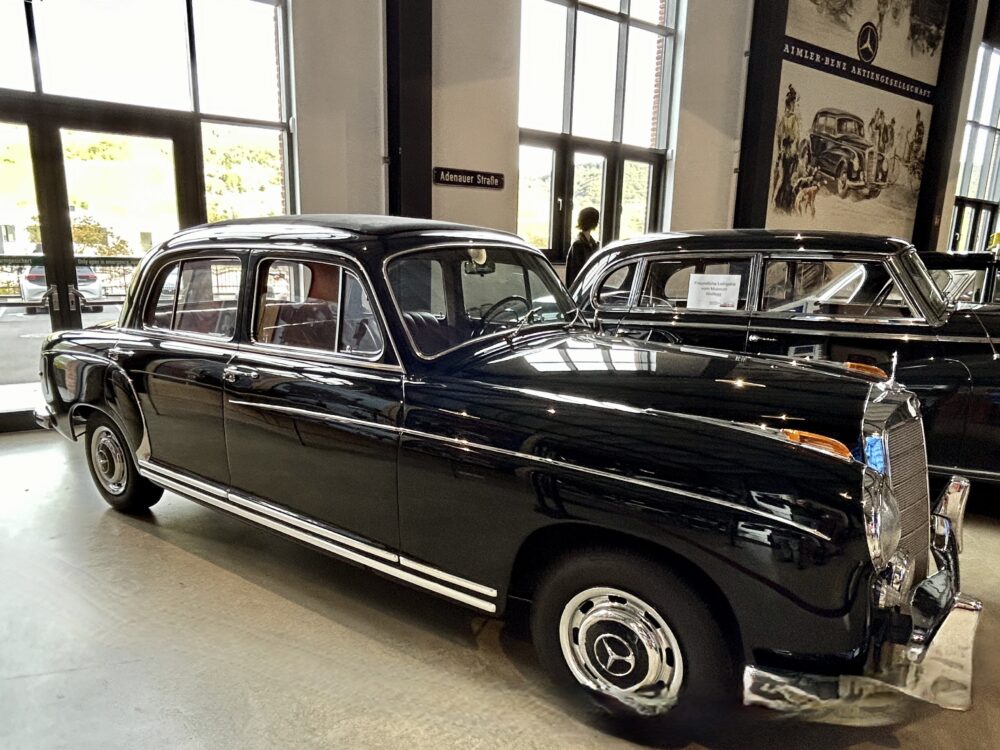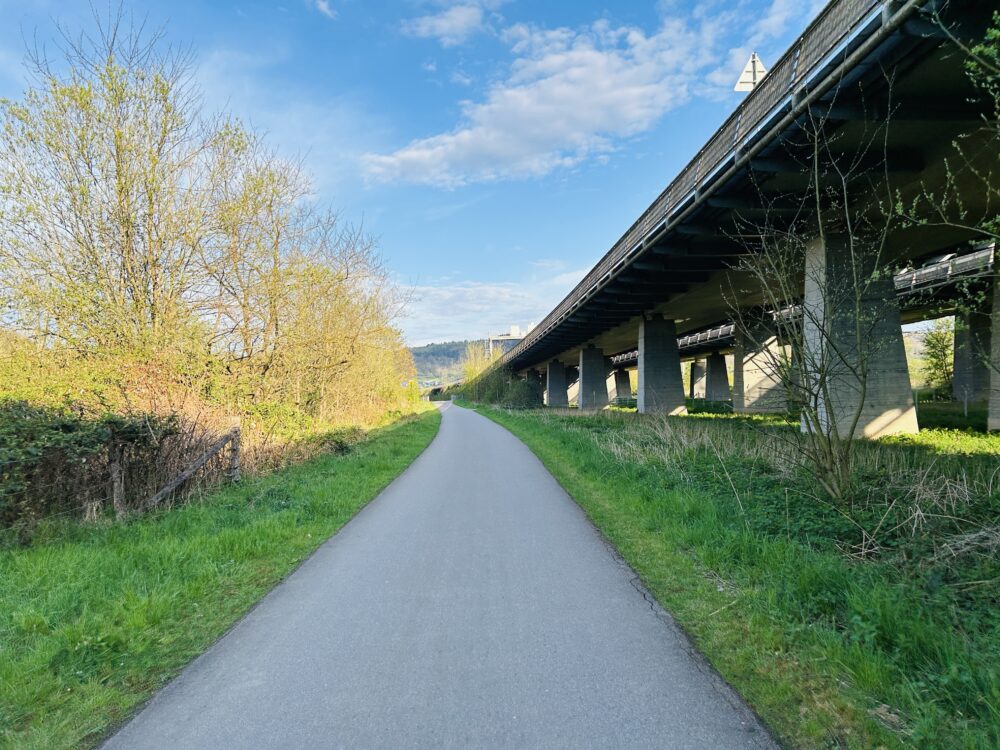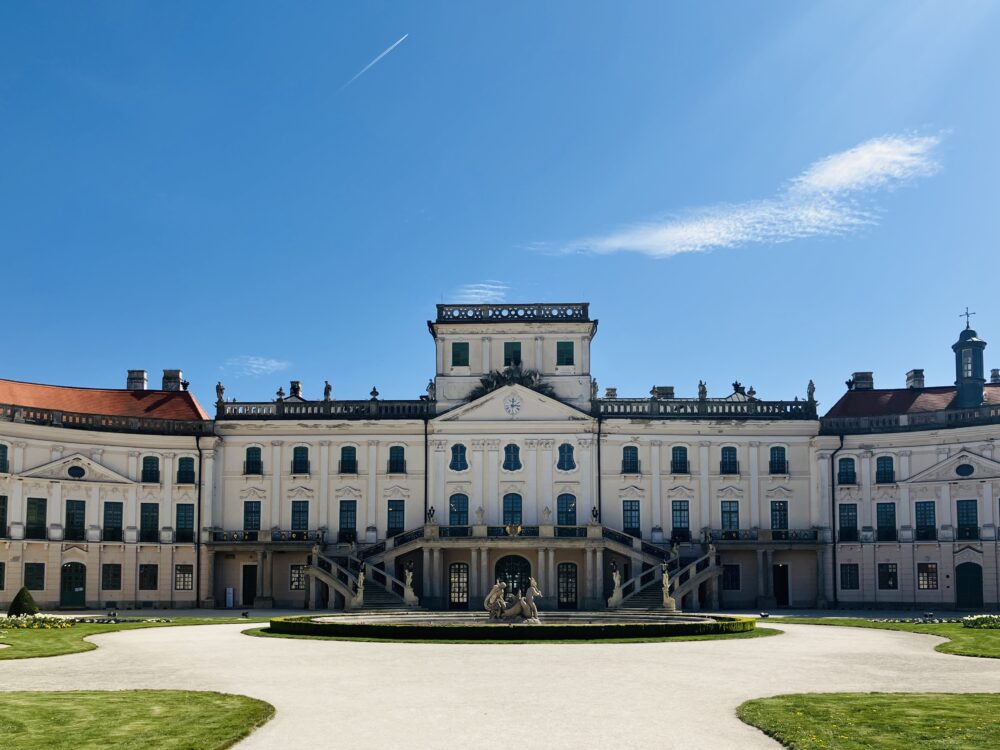The Mercedes-Benz 220 S is more than just a car; it is a reflection of the economic and cultural revival of post-war Germany. Manufactured between 1956 and 1959, this model rapidly became a status symbol for the prosperous and elite, showcasing both advanced engineering and refined luxury.
Historical Context and Development
In the aftermath of World War II, Germany experienced a period known as the Wirtschaftswunder, or “economic miracle,” characterised by rapid industrial growth and economic prosperity. During this time, Mercedes-Benz emerged as a leader in innovation, setting new standards in luxury and performance. The 220 S was introduced as part of the W 180 II series, building on the success of its predecessor, the 220. This lineage stemmed from the earlier four-cylinder “Ponton” models, which were pivotal in reestablishing Mercedes-Benz’s reputation for excellence.
The 220 S was designed to cater to the burgeoning middle-class professionals who were enjoying newfound wealth. It quickly became a coveted model among those who had “made it,” symbolising success and achievement. Its robust inline six-cylinder petrol engine, producing 106 horsepower from a 2,195 cc displacement, exemplified the engineering advancements of the era, delivering a top speed of 160 km/h. This power was complemented by a four-speed column shift transmission, allowing for smooth and efficient driving.
Design and Luxury Features
Despite its powerful performance, the Mercedes-Benz 220 S did not sacrifice comfort and luxury. The interior of the 220 S was as much a statement of elegance as its exterior. The spacious cabin showcases high-quality leather upholstery, providing a plush seating experience for all occupants. The inclusion of a folding sunroof was a unique feature, offering passengers an open-air experience that added to the vehicle’s allure.
The dashboard, crafted with a polished wood finish, was both functional and elegant. Its instrument cluster, framed with chrome, housed essential gauges and a classic analog clock, embodying the blend of utility and style. The use of chrome accents throughout the dashboard underscored the vehicle’s premium quality, while the optional radio system marked the technological advancements of the period.
Legacy and Cultural Impact
The Mercedes-Benz 220 S continues to hold a revered place in automotive history, not only for its engineering prowess and design but also for its cultural significance. It represented a new era of prosperity and the aspirations of a generation rebuilding from the ashes of war. Today, the 220 S is celebrated as a classic car, cherished by collectors and automotive enthusiasts who appreciate its historical significance and timeless beauty.
This remarkable vehicle can be admired at the Zylinderhaus in Bernkastel-Kues, Germany. The museum offers visitors an opportunity to experience the heritage of this iconic car, reflecting on its role in shaping the automotive landscape and its enduring legacy as a symbol of success and sophistication.













